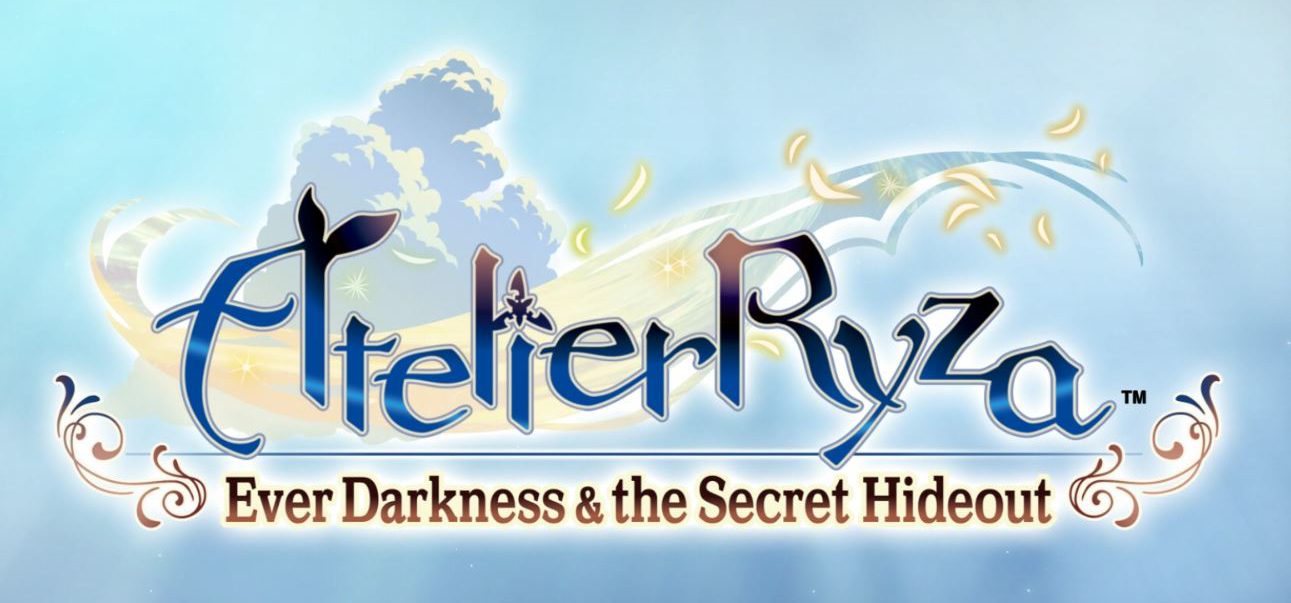What do you think happens when an ordinary farm girl has a run in with a couple of strangers in the woods? Well let me tell you Ryza’s life will never be the same again.
Type: Single-player
Genre: RPG
Developer: KOEI TECMO
Publisher: KOEI TECMO
Release Date: 28 Oct, 2019


Reviewer’s Note
I’ve played quite a number of Atelier games now and for the most part they are all a little different. The same themes are there and some of the same enemies and items too but for the most part they are not just copy pastes of previous titles like certain other long running series I will refrain from mentioning. Atelier Ryza Ever Darkness & the Secret Hideout takes some of the best elements of the past, such as Atelier Firis connected world paths system and combined it with a more refined alchemy system. They have taken the complicated colour and item type matching of a modern Atelier game and combined it with the simplistic flow of older Atelier games to make it something unique.
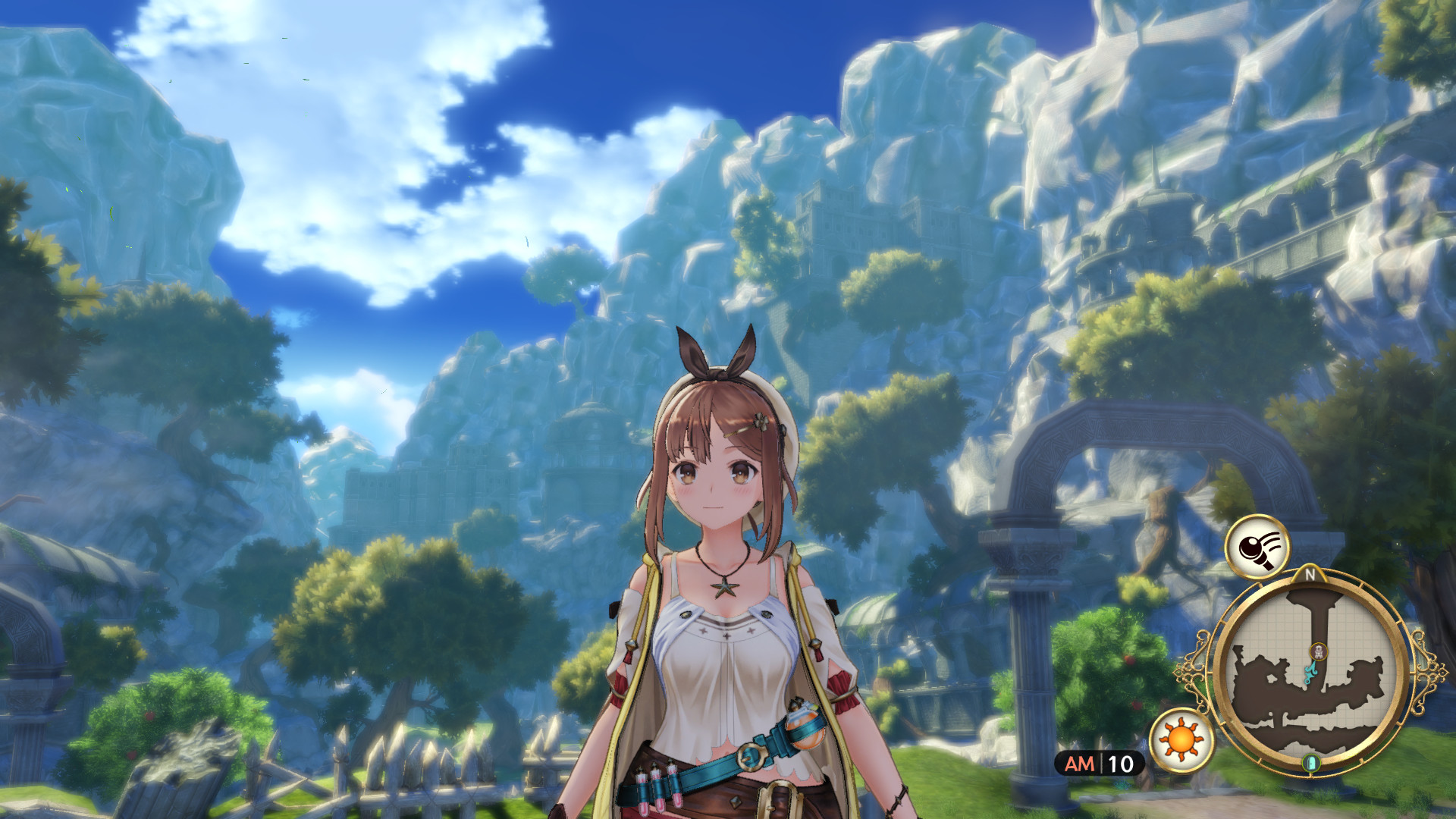
I have two things worth mentioning at this point before you read further. The first is that I played the pre-release copy of the game. It’s entirely possible that major changes occurred between that branch and the launch branch. It’s very unlikely, but the possibility is there. The second is that because I had a tight deadline to get this review out for launch day, I was unable to finish the game before reviewing it. Typically, most reviewers don’t finish their game before reviewing, they simply review once they feel they have played enough to do it justice. I, however, pride myself in thoroughly playing a game before writing about it. While I have attempted to play this game as much as I could, I am sure there are still plenty of elements to discover which unfortunately I will be unable to discuss at this time.
Story
I’m not going to spoil the story, nevertheless, I do want to talk about it briefly. Atelier Ryza Ever Darkness & the Secret Hideout is kind of a slice of life game at least early on. It’s a game about an ordinary girl with a bit of a lazy streak who does what she can to get out of doing chores. Her friends support and enable her flights of fancy a bit although one of them albeit reluctantly. There is even a bully and his cohort that terrorize Ryza and her friends. It’s kind of true to life for any of those awkward kids out there just trying to find their place in the world. Eventually all of their lives change a little for the better when some strangers come to town. Ryza and her friends each find their own unique focus in life. Ryza’s focus is Alchemy. Sure, that is a spoiler right there, but I mean, if you read the title the game is called Atelier Ryza after all so it’s kind of obvious she is the focal alchemist of this title. Equipped with their new found callings, Ryza and her friends head out into the world in order to pursue their dreams and to better escape their responsibilities at home.
The story itself is that of a typical Atelier game and is delivered in typical Atelier fashion. For those of you new to the series, worry not, this game can easily serve as an entry point as it isn’t currently connected in any meaningful way to the previous Atelier games save for the Atelier nomenclature in title. The story unfolds in front of you without any expectation that you know anything about the series or the game-specific concept of alchemy in general. It is delivered in little segments as you advance through the game broken up by alchemy, adventuring or simply walking through town.
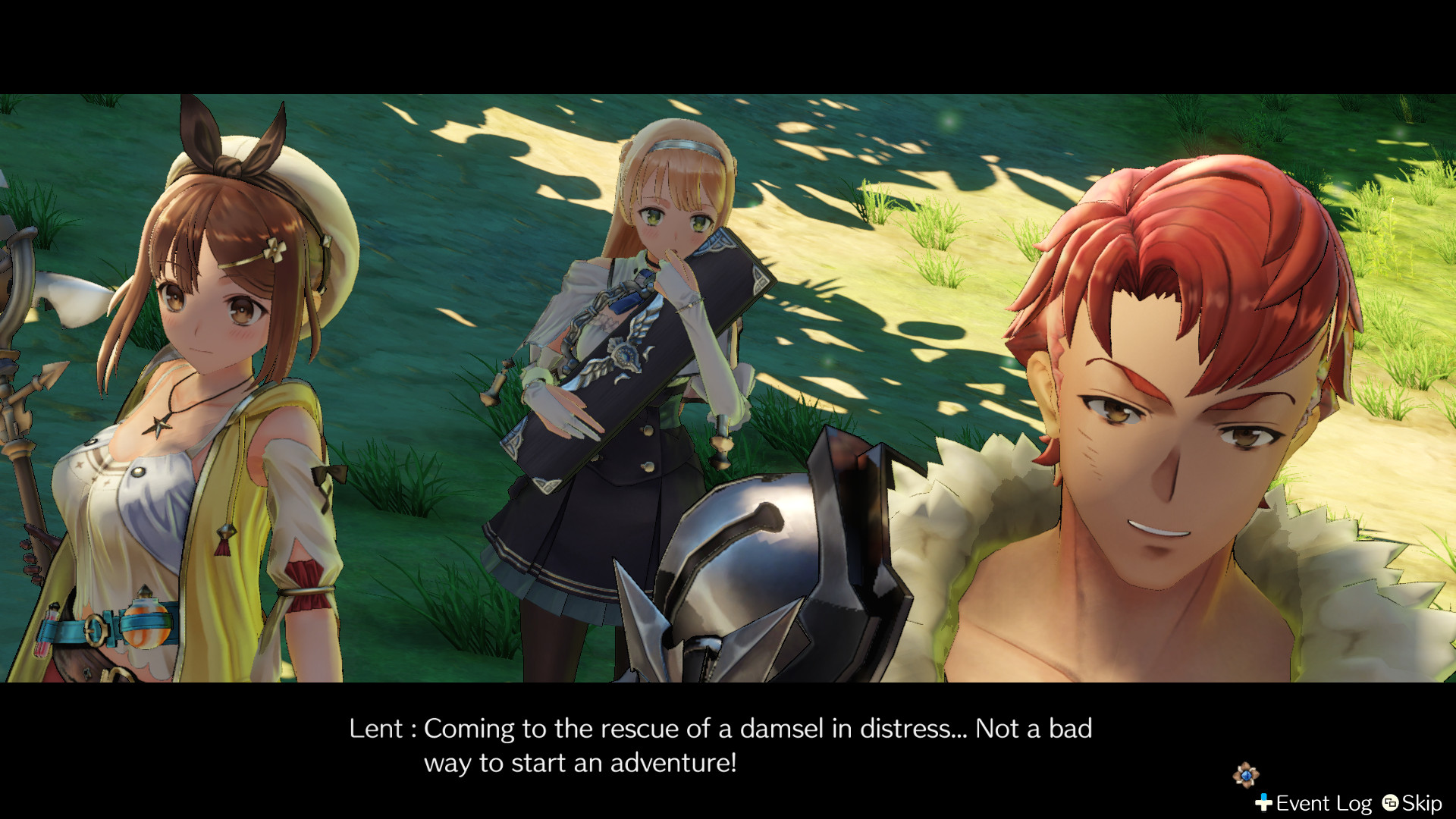
Gameplay
Atelier Ryza Ever Darkness & the Secret Hideout is JRPG with two primary focuses. The first being Alchemy, a common theme of the Atelier titles and the second is in typical JRPG style combat. With each of those being worthy of their own section I will move on to the auxiliary elements first. Atelier Ryza does away with the pocket dimension style disconnected zones that have been common to many of the recent Atelier titles other Atelier Firis. The one drawback that I recall from Atelier Firis is that the fast travel system was isolated to the current map initially and much later in the game can be expanded to multiple zones. This means that Atelier Firis’ connected world mechanic is either realistic and fun or annoying depending on your point of view. In many Atelier games with their pocket dimensions style maps you just flip the world map, click on the map zone you wanted to visit and presto you are now there. In Atelier Firis, again talking earlier in the game, if you wanted to revisit an area you had been previously you would have to walk between whatever zone you are in to the zone that you want by passing through any zones between. That’s not quite that big of deal and makes the game more realistic, but Atelier Firis also has a time mechanic in it that requires you to get to a certain city before the time runs out. Excessive long-distance back travelling could jeopardize your chances of making it there on time. This connected world is back in Atelier Ryza however the convenience of fast travel is also there. You can walk from zone to zone without ever really having to see the world map but you can also quickly and easily use fast travel to move back to any point you have already been. It starts out initially with just going back to Ryza’s place or using the bulletin boards but quickly unlocks global fast travel.
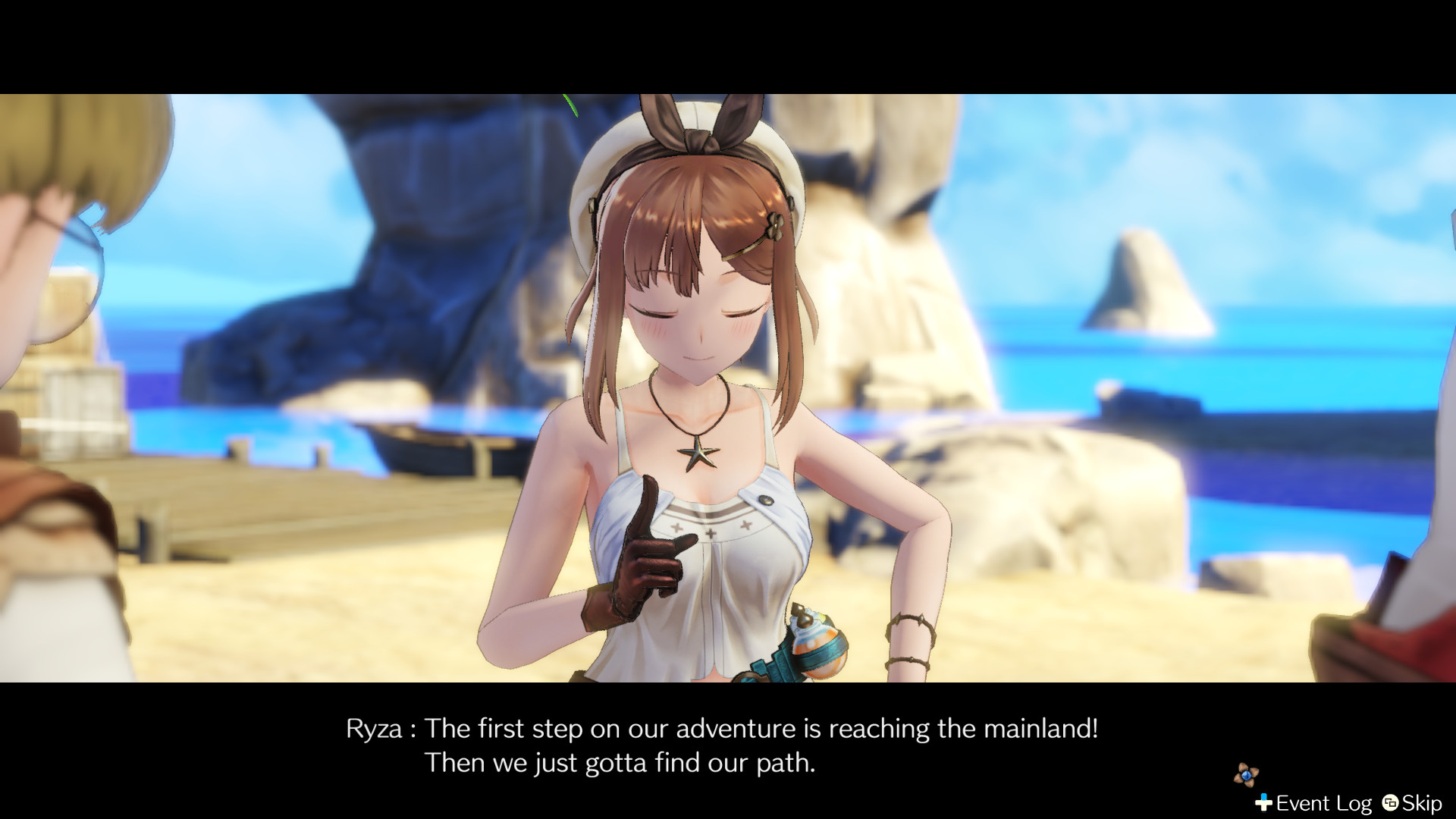
Questing in this game comes in two varieties, the standard story driven quests and the more optional side quests. The side quests are usually an NPC asking you to do some random task and reporting it back to them once completed. These will yield some small token reward. The story quests however push the game along. Sometimes it is not entirely obvious what you need to do although the game does a pretty decent job directing you. Sometimes it is simply just waiting for a few days to pass other times it involves acquiring a specific item either through exploration or alchemy. I can tell you it took me way too long to unlock the fishing rod even though the game told me which location I had previously visited contained the item I needed to craft it simply because it was a somewhat uncommon item in a random box off to the side. I had looted those boxes previously but had not gained the item on my first or second pass and on like my tenth run through there I opted to smash those boxes again and presto got the item I needed. Since it was a fruit I was after I naturally assumed one of the trees or fruits laying around would contain the right item but that was not the case. Let’s talk about harvesting in a little more detail.
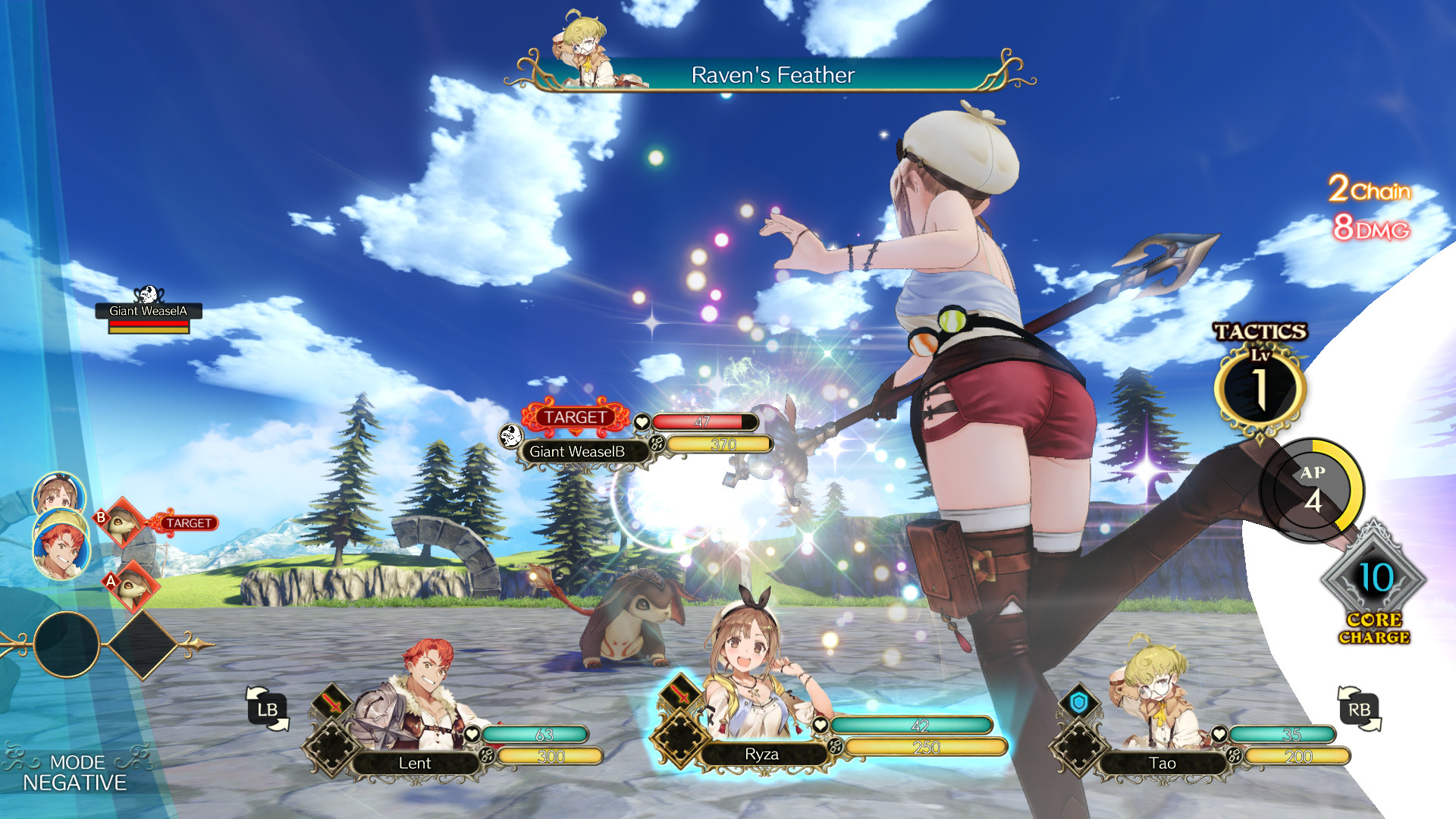
Harvesting involves finding a collectable resource node and utilizing the correct tool on it. The thing is, the correct tool could be one of several and depending on which tool you use will impact what items you harvest from the node. Using your staff on a tree will give you some item (such as an uni), a scythe on the same tree will give you bark and using an axe on the tree will give you wood. Once you have completed collected a resource node you are unable to swap to another harvesting tool so the only way to try the node again is to leave and return. The game does expect you to revisit areas a fair amount to collect resources so eventually you will learn what node gives what when using whatever tool you have available. You will also get hybrid tools later to prevent you from needing to swap tools as much. Not all nodes can be looted with all tools though so sometimes you either need to cycle through your tools to find the right one or move on until you gain another tool type later on. Items you collect have different stats and quality levels to them even if they are identical in every other way. The quality can impact your end product so it is usually best to use only the finest materials in alchemy that matters and use gem convert for the low-quality stuff. Let’s get to alchemy and gems.
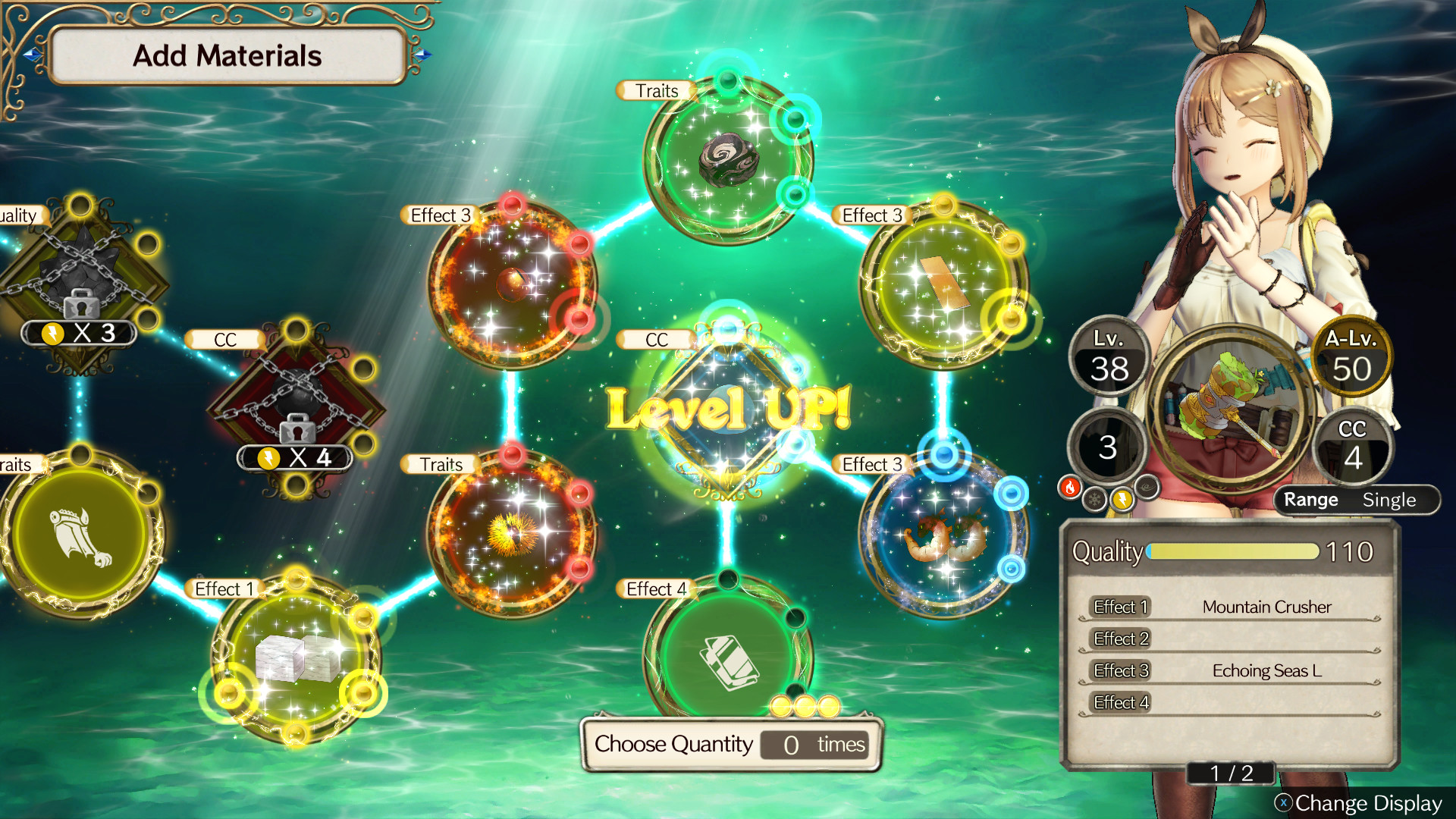
Alchemy
Alchemy has been a staple of the Atelier series since the beginning. It takes on many different forms but the basic idea remains the same … taking items, performing alchemy upon them and getting a different item as a result. How you go about performing alchemy varies depending on the title. In some games it is simply just matching a recipe with whatever items you feel like that are in the correct category, others have you arranging the items in a gird. This time around you have alchemy circles and branches to contend with. The correct category or specific items go into specific circles and the circle prior to it must be completed enough in order to unlock the next branch. These circles can have different attributes and some may even unlock new recipes. Recipes again are something that are often learned differently depending on the atelier title you are playing such as requiring you to find books or perform certain tasks to unlock the inspiration for the recipe. Atelier Ryza retains the books as a source of recipes but also has recipes unlockable while performing alchemy. As you branch out through the various circles you will find some of them are marked as recipe chaining your way there than satisfying the circle’s requirements will unlock the recipe. It sounds a bit complicated but the game does an excellent job helping you find those recipes as well as informing you of where you can find the ingredients for it.
Gems are an interesting addition to Atelier Ryza. Breaking down unwanted items yields you gems. These gems can allow you to re-alchemize items you have already produced with alchemy in order to enhance the item beyond the limitations of your alchemy skills all the way up to your alchemy level itself. This can let you upgrade a previous item rather than rebuilding it entirely. It’s a great way to push your quality level up just that little smidge more you need for it to qualify for your side quest as well!
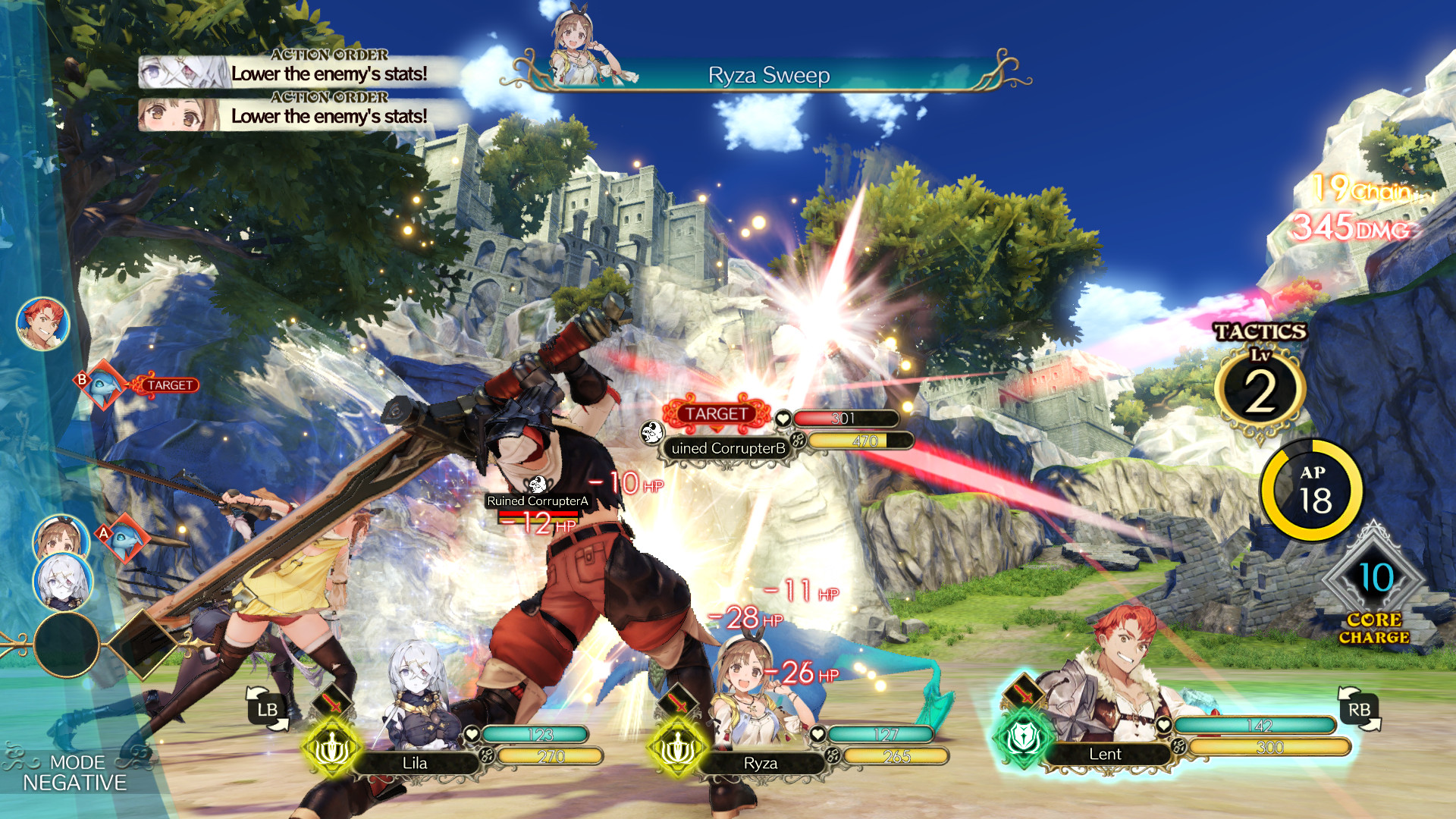
Combat
Combat in this title is a little more advanced than in some of the previous titles while still maintaining the simplicity of the previous games at the same time. Combat while an important part of an Atelier title isn’t exactly the main draw to the series in general. This time around you have your crew out in the field battling anything that looks at you funny however you really only control one character at a time. The rest of your party is on autopilot. You can switch between controlling each character but it is a bit cumbersome to constantly switch between characters due to the active battle system. The game doesn’t wait for you. If you stop to think about things for too long the world passes you by. This leads to multiple characters attacking at once including the enemies. It’s actually a pretty fun system this time around over the more traditional turn-based system. Action points drive your actions. If you let the points build up you can upgrade your battle prowess allowing you to strike multiple times per turn or you can burn away your action points by casting magical abilities. Items are a little different this time around too. While you don’t deplete items in battle, they do have a limited pool of core points. Each item takes some of these core points to use. If you run out you can’t use the item anymore until you recharge the points. Recharging is done by going back to your atelier or by tapping other items preventing their use until you recharge them at your atelier but allowing the use of other items in their stead. As time progresses you will become more powerful and have more allies join your cause.
There is one other element of combat that I should discuss before moving on. The items you equip to your characters determine their role in combat. Some are more geared towards doing damage, some to taking damage and others for supporting the rest of the team. While you can mix and match item roles on any given character, whichever role has the highest level is the one that defines the character’s role in battle. It’s probably a decent idea to have one of each role in your party at any given time. It’s an interesting twist to the game as it adds an extra layer of strategy to your gameplay.
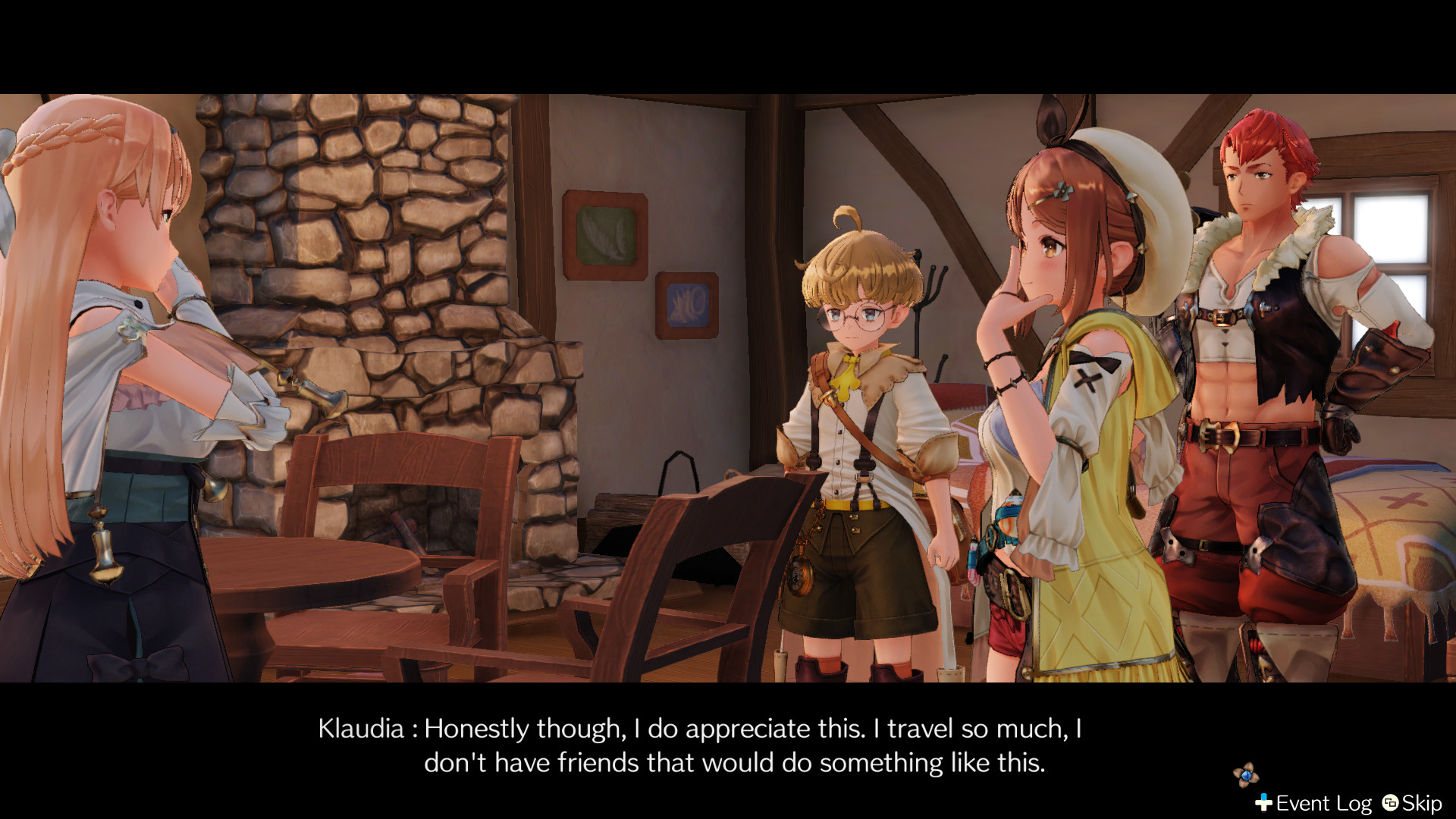
Graphics
This has to be one of the best-looking Atelier titles to date. My system, despite meeting the requirements, struggled a bit with slowdowns but I am attributing that to the pre-launch build I was playing. From the detailed creatures and character designs to the accents around the buildings there is nothing in this game doesn’t look good. Atelier titles have always been very easy on the eyes but Atelier Ryza really takes advantage of the current graphics capabilities of its engine. With that said, sure there are even better-looking games out there right now, but for its genre Atelier Ryza looks great. Its anime style graphics coupled with its modern 3D RPG environments made it a pleasure to behold.
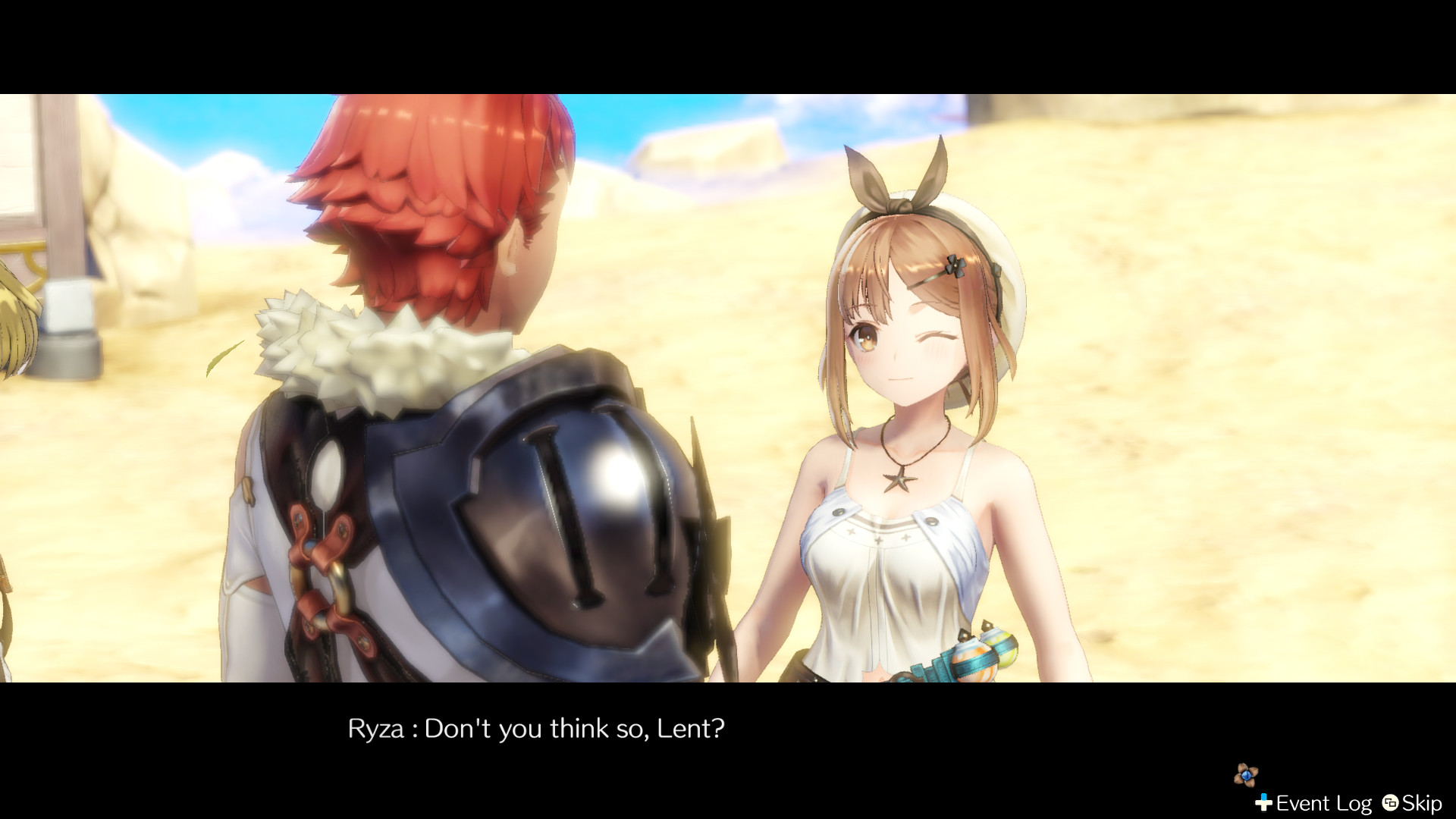
Audio
While I enjoy some of the classic Atelier games being dubbed in English, I am coming to terms with the fact that just is something that won’t be done again any time soon. While the game is in Japanese it had that bit of magic happening for me again where I could understand what they were saying until I realized I couldn’t. The voice actors do a wonderful job trying to portray the personalities of their characters. Much of the game is voice acted and even though I truly couldn’t understand them, you could still read the tone of their voice as you followed along on the English dialogue displayed at the bottom of the screen. The music is once again top notch and fits perfectly with the game itself. The sound effects while repeated a lot never really wore down on me to the point where I would be willing to do without them.
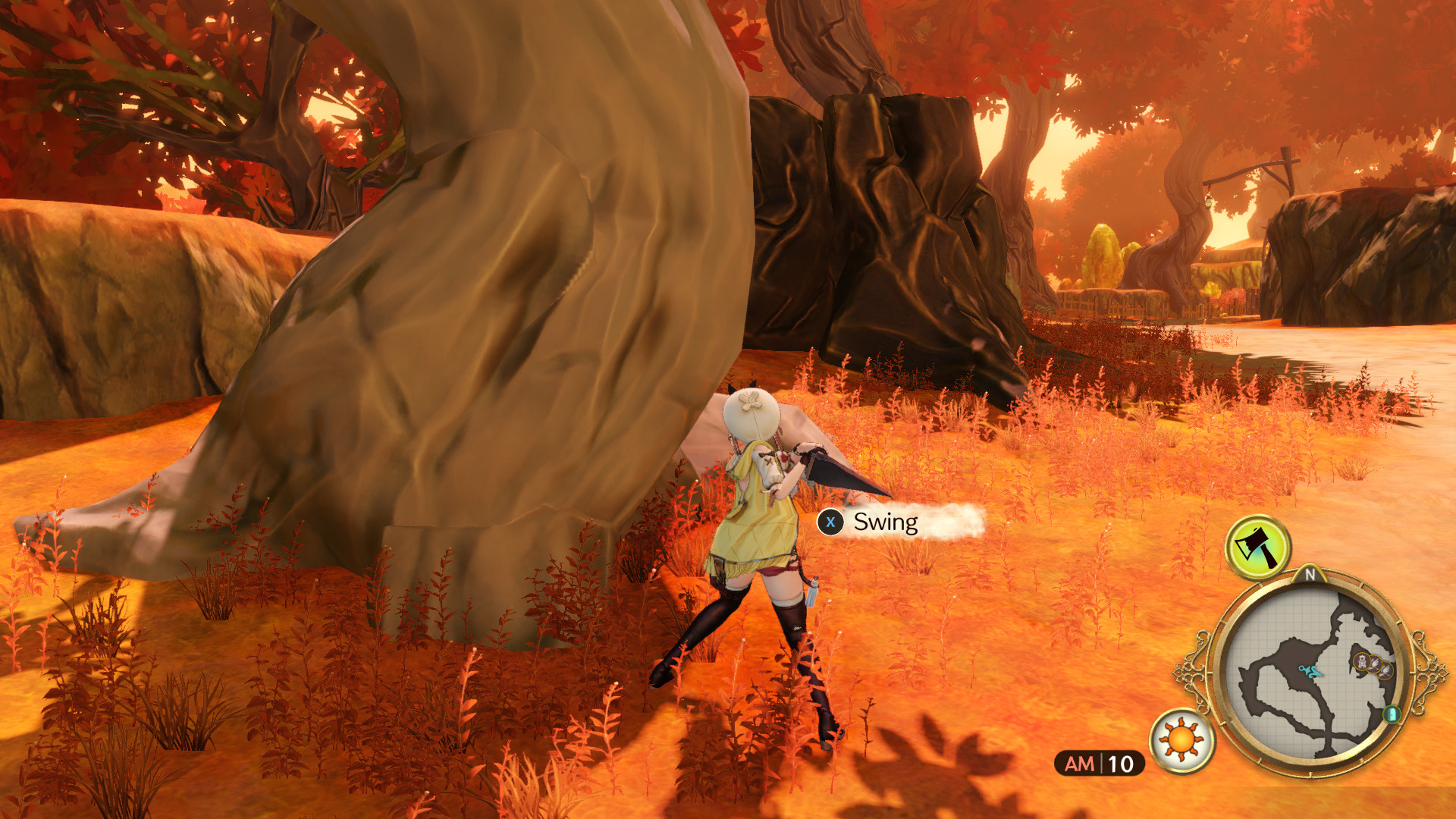
Controls and User Interface
The controls in this game work very well on the gamepad. I did give it a try with just the keyboard and mouse but I found myself preferring the gamepad as the keyboard layout was a bit cumbersome. It can be rebound though so you could tailor it to suit your needs easy enough. There are no complex button strokes you need to enter to do anything in this game. It even displays on screen the correct button to press at any given time. Finding the right version of the mission log can be a bit of a challenge at first but eventually even that becomes very easy.
The user interface is well laid out and maps tend to show you anything of interest that the area might hold. This can help you easily find any side quests you need to complete. The new alchemy system while it looks like a challenge to begin with is actually quite intuitive. One nice feature is that if you are mass producing items, you can let the game auto-select your materials based on your instruction of high-quality results or low quality. Of course, if you want to ensure the item you make has the correct attributes you will need to manually build it, but otherwise this time saving feature is a welcome addition.

Verdict
With a more involved Alchemy system and a refreshed battle system, Atelier Ryza Ever Darkness & the Secret Hideout is a wonderful addition to the Atelier Series. If you liked the previous games you should definitely give this one a try. It has a rather fresh game feeling to it rather than just a reheated rehash of previous titles. It almost feels like it could be the definitive Atelier title that future and past games will be compared to. If you have never tried an Atelier game before, this would make an excellent starting point. Some previous games like Atelier Firis that I mentioned earlier is part of a sub-series. Playing those games out of order won’t really be that big of a deal but you will miss out on the references or call backs to previous games in the same sub-series. It won’t detract from the actual gameplay but you definitely feel like you are missing something. If you enjoy JRPGs and are looking for a worthwhile time sink then Atelier Ryza again is for you. It’s hard to really think of a reason to not pick up this title. Sure it is very slow to start out, and it can sometimes be hard to actually find the item you need which can halt your progress, but the same can be said for a lot of other games too. Overall, I’ll definitely have to give Atelier Ryza a Save.

